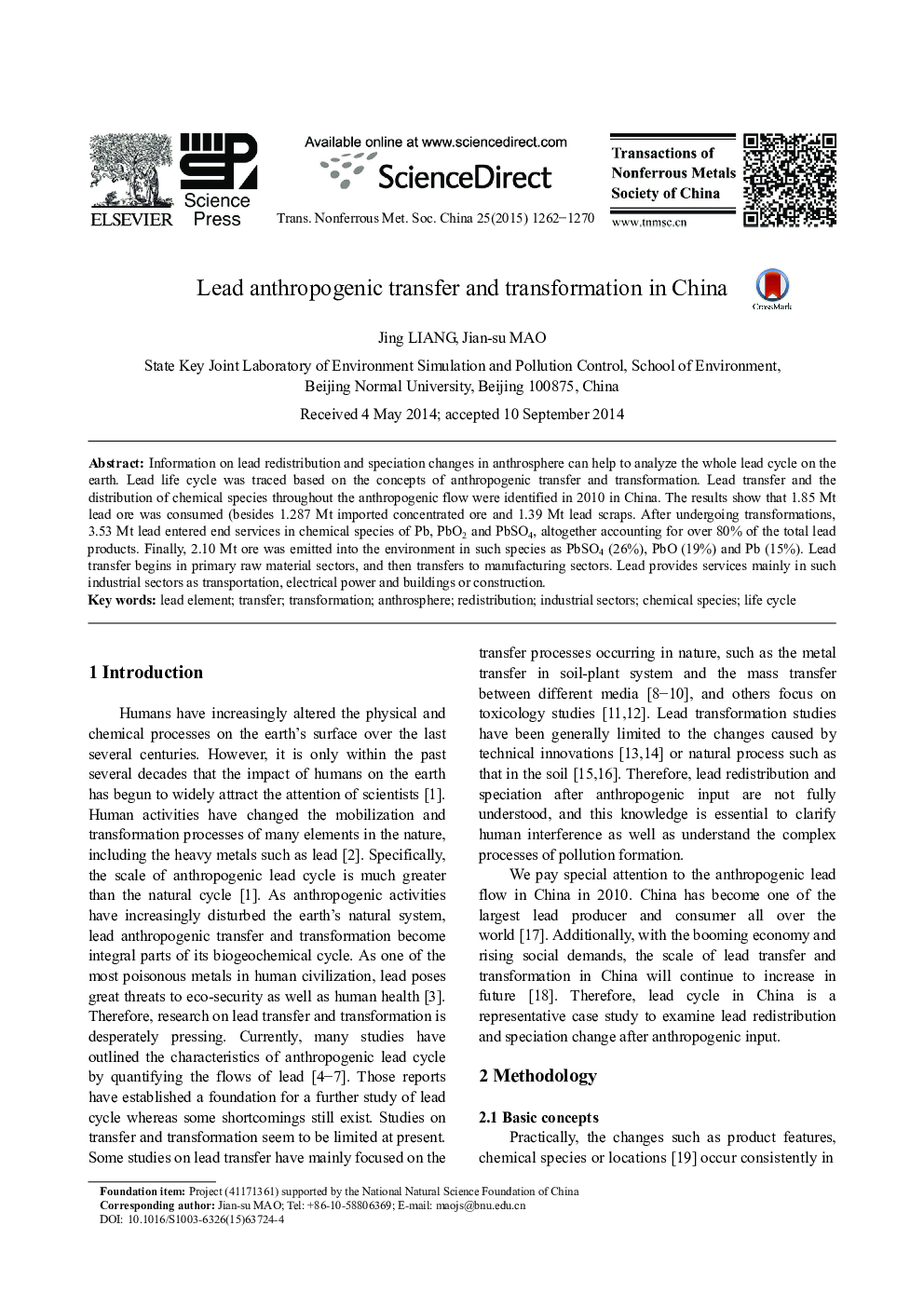| Article ID | Journal | Published Year | Pages | File Type |
|---|---|---|---|---|
| 5201446 | Polymer Degradation and Stability | 2015 | 9 Pages |
Abstract
Ammonium polyphosphate (APP) was modified by vinyltrimethoxysilane (VTMS) and characterized by water solubility test, X-ray photoelectron spectroscopy (XPS), scanning electron microscopy (SEM) and thermogravimetric analysis (TGA). Surface modification of APP improved not only the water resistance, dispersity and compatibility with polypropylene (PP) matrix, but also the flame retardancy. The possible mechanisms of modified APP (MAPP) were studied by XPS and TG-Fourier transform infrared (TG-FTIR) analysis. XPS data show that modification was achieved by partial substitution of P-O-N by P-O-Si, while TG-FTIR indicate that the second degradation stage of MAPP was delayed to a higher temperature range because of the formation of a more thermally stable P-O-Si instead of P-O. PP/dipentaerythritol (DPER)//MAPP were prepared by melt blending and extrusion in a twin-screw extruder. The combustion behaviors of the flame retarded PP (FR-PP) were studied through the limiting oxygen index, UL 94 vertical burning test and cone calorimeter test, while SEM, SEM-energy dispersive XPS (SEM-EDX) and strength analysis were used to analyze the condensed phase residues from cone calorimeter test. Results indicate that the surface modification of APP with VTMS enhanced the formation of impacted and compact char by means of the synergistic effect of Si, P and N, and improved the flame retardant performance of FR-PP through good protection for the underlying polymer matrix.
Related Topics
Physical Sciences and Engineering
Chemistry
Organic Chemistry
Authors
Zhaolu Qin, Dinghua Li, Wenchao Zhang, Rongjie Yang,
